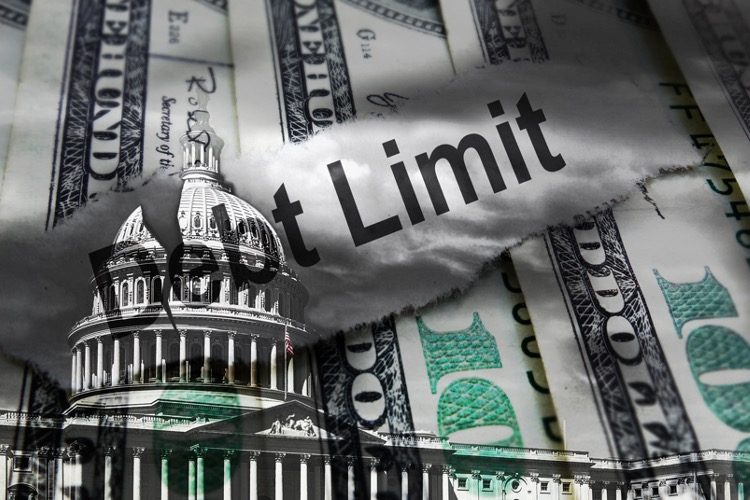
Warning the nation is on an “unsustainable long-term fiscal path” and is faced with mounting challenges, the U.S. Government Accountability Office (GAO) issued on Thursday its annual report on the country’s fiscal future. The report describes the federal government’s current fiscal path and how it will pose serious economic, security, and social challenges if Congress doesn’t address the nation’s rapidly growing debt levels and seek a plan to avert a sovereign debt crisis.
“Congress and the administration must act to move the nation off the untenable long-term fiscal course on which it is currently operating,” said U.S. Comptroller General and GAO head Gene L. Dodaro. “The federal debt level is growing at a rate that could threaten the vitality of our nation’s economy and the safety and well-being of the American people. Both spending and revenue issues need to be addressed as part of a comprehensive long-term plan.”
Federal debt is projected to grow faster than the economy. According to the report, “At the end of fiscal year 2023, the $26.2 trillion in debt held by the public was about 97 percent of gross domestic product (GDP). GAO projects that under current revenue and spending policies, debt held by the public will reach its historical high of 106 percent of GDP by 2028 and grow more than twice as fast as the economy over a 30-year period, reaching 200 percent of GDP by 2050.”
Budget deficits are projected to grow, according to the Committee for a Responsible Federal Budget (CRFB), “from $1.7 trillion in Fiscal Year (FY) 2023 to $2.6 trillion by 2034 according to the Congressional Budget Office’s (CBO) latest projections. Nominal spending will rise from $6.4 trillion this year to $10.1 trillion by FY 2034.”
CRFB cited that 84 percent of government spending growth will come from covering healthcare, Social Security, and interest costs:
Spending on Social Security will grow from $1.5 trillion this year to $2.5 trillion by 2034, while spending on health care will grow from $1.6 trillion to $2.8 trillion. Net interest costs will more than double from $870 billion this year to $1.6 trillion by 2034, after costs nearly doubled between 2020 and 2023. Interest on the debt is the fastest growing part of the budget and will be the second largest government expenditure this year, surpassing both defense and Medicare.
A Penn Wharton Budget Model (PWBM) article, “When Does Federal Debt Reach Unsustainable Levels?,” agreed with the GAO assessment of the nation’s unsustainable fiscal path and the need to develop a plan for fiscal sustainability.
PWBM researchers estimated that “even under myopic expectations — financial markets cannot sustain more than the next 20 years of accumulated deficits projected under current U.S. fiscal policy. Forward-looking financial markets are, therefore, effectively betting that future fiscal policy will provide substantial corrective measures ahead of time. If financial markets started to believe otherwise, debt dynamics would ‘unravel’ and become unsustainable much sooner.”
The GAO’s latest warning shot across the bow for Congress to develop a plan to place the government on a sustainable long-term fiscal path is nothing new. The 25-page GAO report mentioned that they have been sounding the alarm over the growing debt crisis since 2017.
Developing a plan would provide a cohesive picture of the government’s long-term goals. According to the GAO, “it can also serve as a mechanism for building consensus around these goals, as well as a road map for achieving them.”
The GAO report identified several components of an effective fiscal plan Congress could adopt, stating in a press release, “Elements of a plan could incorporate well-designed fiscal rules and targets to help manage debt; consider alternative approaches to the current debt limit; assess the drivers or the primary deficit, such as mandatory and discretionary spending and revenue; address financing gaps for Medicare and Social Security; and pursue opportunities to improve fiscal responsibility that do not require major changes to spending and revenue policies.”
The question now is, will a divided Congress finally address the elephant in the room and agree on legislation that reduces the nation’s rapidly growing debt levels? If the last two decades of government spending history has any bearing, and a plan to adopt a sustainable long-term fiscal path fails, a sovereign debt crisis will be unavoidable, wreaking havoc across the U.S. and world economies.




